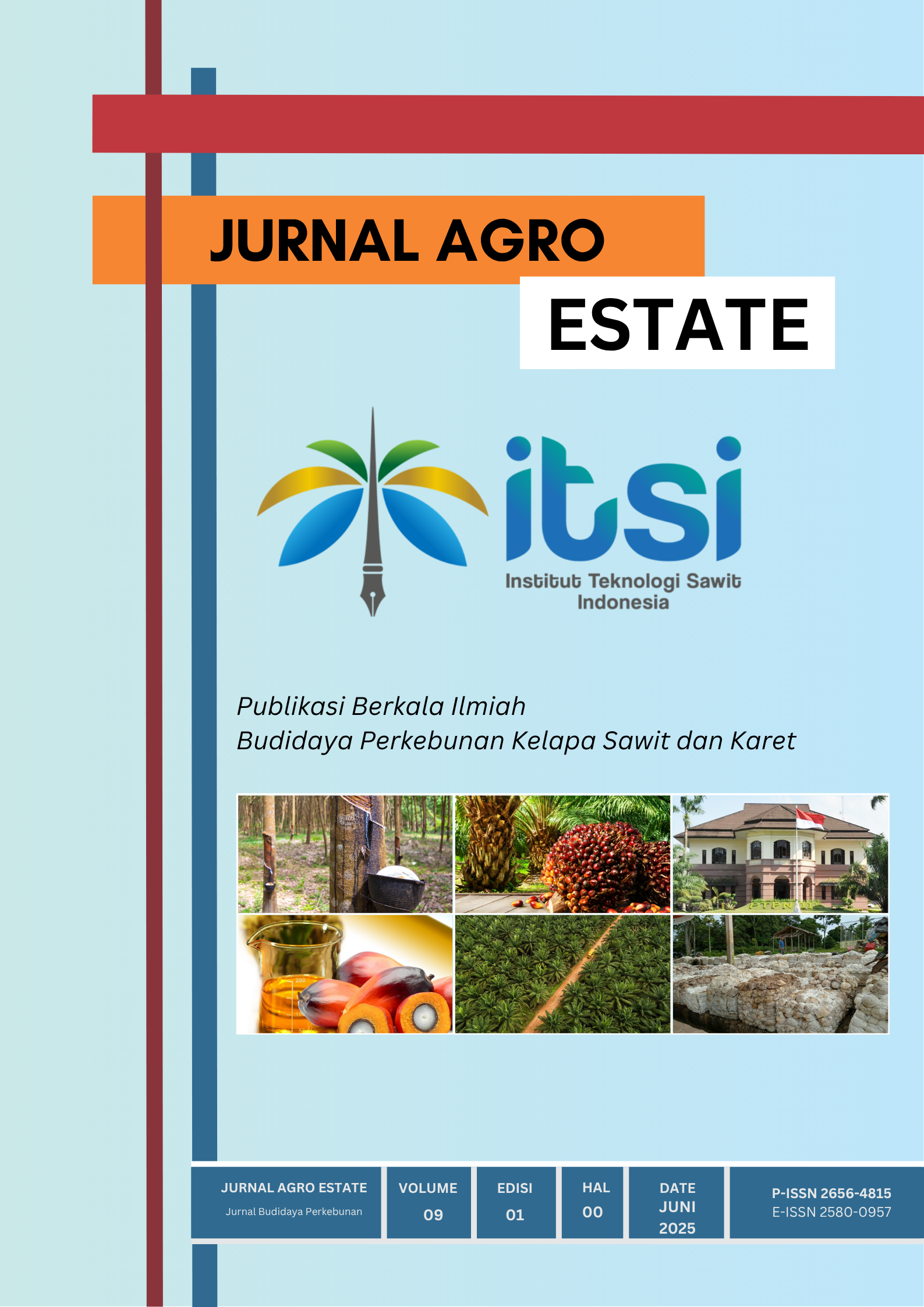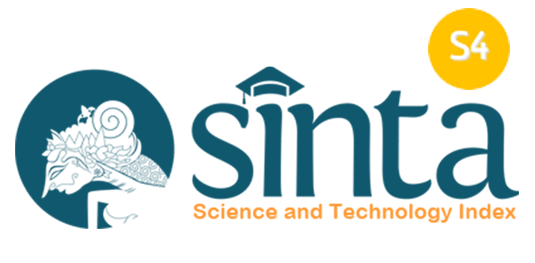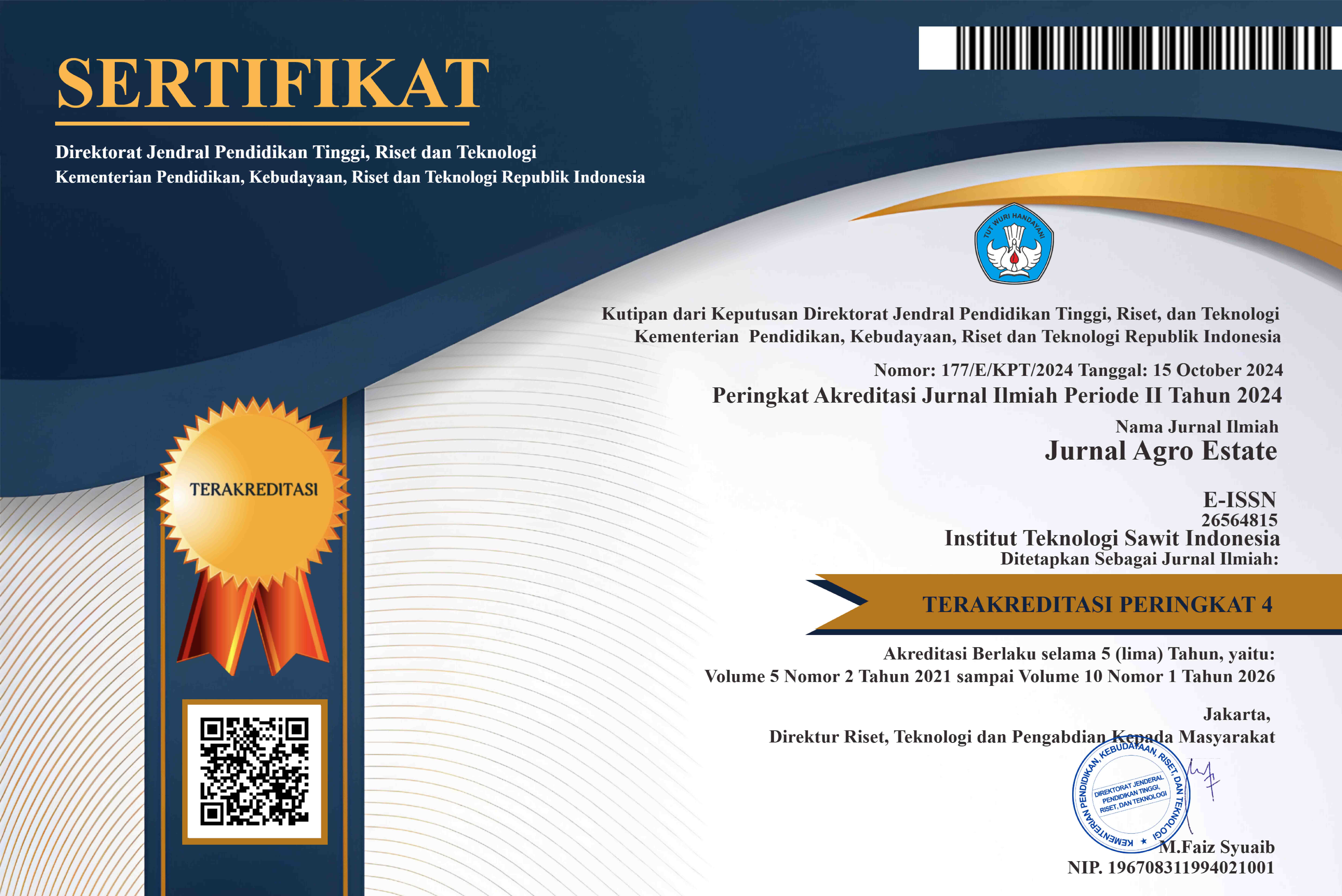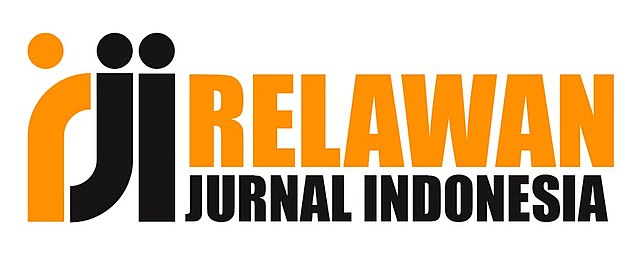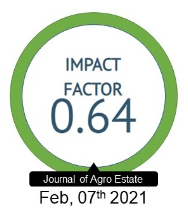FABRICATION OF STYROFOAM FIBERS FOR SOILLESS GROWING MEDIA
DOI:
https://doi.org/10.47199/jae.v9i1.315Keywords:
Styrofoam;, fibers;, growing media;, soillessAbstract
The growing interest in urban farming has led to an increased use of non-soil planting media. With land becoming increasingly scarce and expensive, alternative media are being explored for plant cultivation. In parallel, urban waste, particularly styrofoam waste, has emerged as a major issue that demands effective solutions. This paper reports on a continuation of our previous research concerning the development of growing media using styrofoam fibers. Styrofoam waste was collected, cleaned, and processed into fibers using a Rotary Forcespinning apparatus. The resulting fibers were white, durable, long, and had an average diameter of 8 mm. The fibers formed clumps with inter-fiber porosity, and when accumulated in volume, they could be applied as a non-soil planting medium. To be considered a viable planting medium, the styrofoam fiber must be evaluated across several performance parameters, one of which is wettability. Results showed that the water absorption performance of styrofoam fiber was lower compared to that of rockwool and PET fiber media. Future research will focus on improving the water absorption capacity of the styrofoam fiber
Downloads
References
Agarwal, S., Wendorff, J.H. & Greiner, A., 2008. Use of electrospinning technique for biomedical applications. Polymer, 49, pp.5603– 5621.
Awang, Y., Shaharom, A.S., Mohamad,
R.B. & Selamat, A., 2009. Chemical and physical characteristics of cocopeat-based media mixtures and their effects on the growth and development of Celosia cristata. American Journal of Agricultural and Biological Sciences, 4, pp.63– 71.
Blok, C., De Kreij, C., Baas, R. & Wever, G., 2008. Analytical methods used in soilless cultivation. In: M. Raviv &
J.H. Lieth, eds. Soilless Culture: Theory and Practice. 1st ed. Burlington: Elsevier, pp.383–423.
Changa, C.P. & Hsu, C.C., 2006. The formation and water content of synthetic fiber growing media. Materials Science and Engineering, 433, pp.100–103.
Deitzel, J.M., Kleinmeyer, J., Harris, D. & Tan, N.C.B., 2000. The effect of
processing variables on the morphology of electrospun nanofibers and textiles. Polymer, 42, pp.261–272.
Domeno, I., Irigoyen, I. & Muro, J., 2011. Comparison of traditional and improved methods for estimating the stability of organic growing media. Scientia Horticulturae, 130, pp.335– 340.
Elliott, G.C., 1992. Imbibition of water by rockwool-peat container media amended with hydrophilic gel or wetting agent. Journal of the American Society for Horticultural Science, 117(5), pp.757–761.
Fauzi, A., Edikresnha, D., Munir, M.M. & Khairurrijal, 2016. Rotary forcespun styrofoam fibers as a soilless growing medium. In: The 3rd International Conference on Advanced Materials Science and Technology (ICAMST 2015). American Institute of Physics Conference Series, Vol. 1725. AIP Publishing. pp.020019. doi: 10.1063/1.4945473.
Harvard University, n.d. Polystyrene fact sheets. [online] Available at: http://isites.harvard.edu/fs/docs/icb.t opic967858.files/PolystyreneFactSh eets.pdf [Accessed 7 Jun. 2025].
Iskandar, F., Suryamas, A.B., Kawabe, M., Munir, M.M., Okuyama, K., Tarao,
T. & Nishitani, T., 2010. Indium tin oxide nanofiber film electrode for high performance dye sensitized solar cells. Japanese Journal of Applied Physics, 49, p.010213.
Munir, M.M., Iskandar, F., Djamal, M. & Okuyama, K., 2011. Morphology of controlled electrospun nanofibers for humidity sensor application. AIP
Conference Proceedings, 1415, pp.223–226.
Nuryantini, A.Y., Abdullah, M. & Khairurrijal, 2009. Pembuatan fiber dengan menggunakan teknik ekstrusi rotasi. Jurnal Nanosains dan Nanoteknologi, 2, pp.2–6.
Papadopoulos, A.P., Bar-tal, A., Silber, A., Saha, U.K. & Raviv, M., 2008. Inorganic and synthetic organic components of soilless culture and potting mixes. In: M. Raviv & J.H. Lieth, eds. Soilless Culture: Theory and Practice. 1st ed. Burlington: Elsevier, pp.505–534.
Sebea, I., Szabó, B., Nagy, Z.K., Szabó, D., Zsida, L., Kocsis, B. & Zelkó, R., 2013. Polymer structure and antimicrobial activity of polyvinylpyrrolidone-based iodine
nanofibers prepared with high-speed rotary spinning technique. International Journal of Pharmaceutics, 458, pp.99–103.
Urrestarazu, M., Guillen, C., Mazuela, P.C. & Carrasco, G., 2008. Wetting agent effect on physical properties of new and reused rockwool and coconut coir waste. Scientia Horticulturae, 116, pp.104–108.
Yun, K.M., Suryamas, A.B., Iskandar, F., Bao, L., Niinuma, H. & Okuyama, K., 2010. Morphology optimization of polymer nanofiber for applications in aerosol. Separation and Purification Technology, 75, pp.340–345.
Downloads
Published
How to Cite
Issue
Section
License
Copyright (c) 2025 Jurnal Agro Estate

This work is licensed under a Creative Commons Attribution-ShareAlike 4.0 International License.

